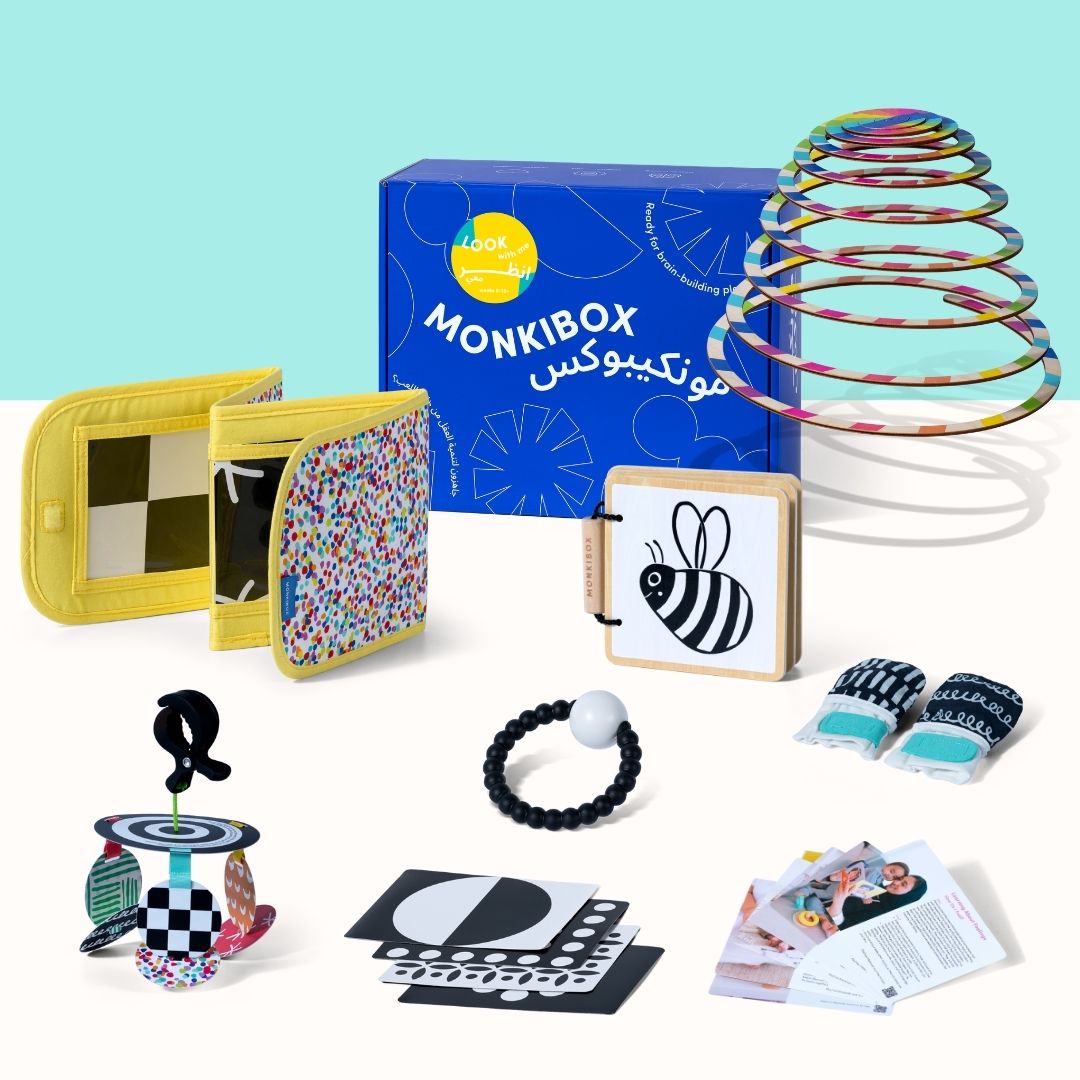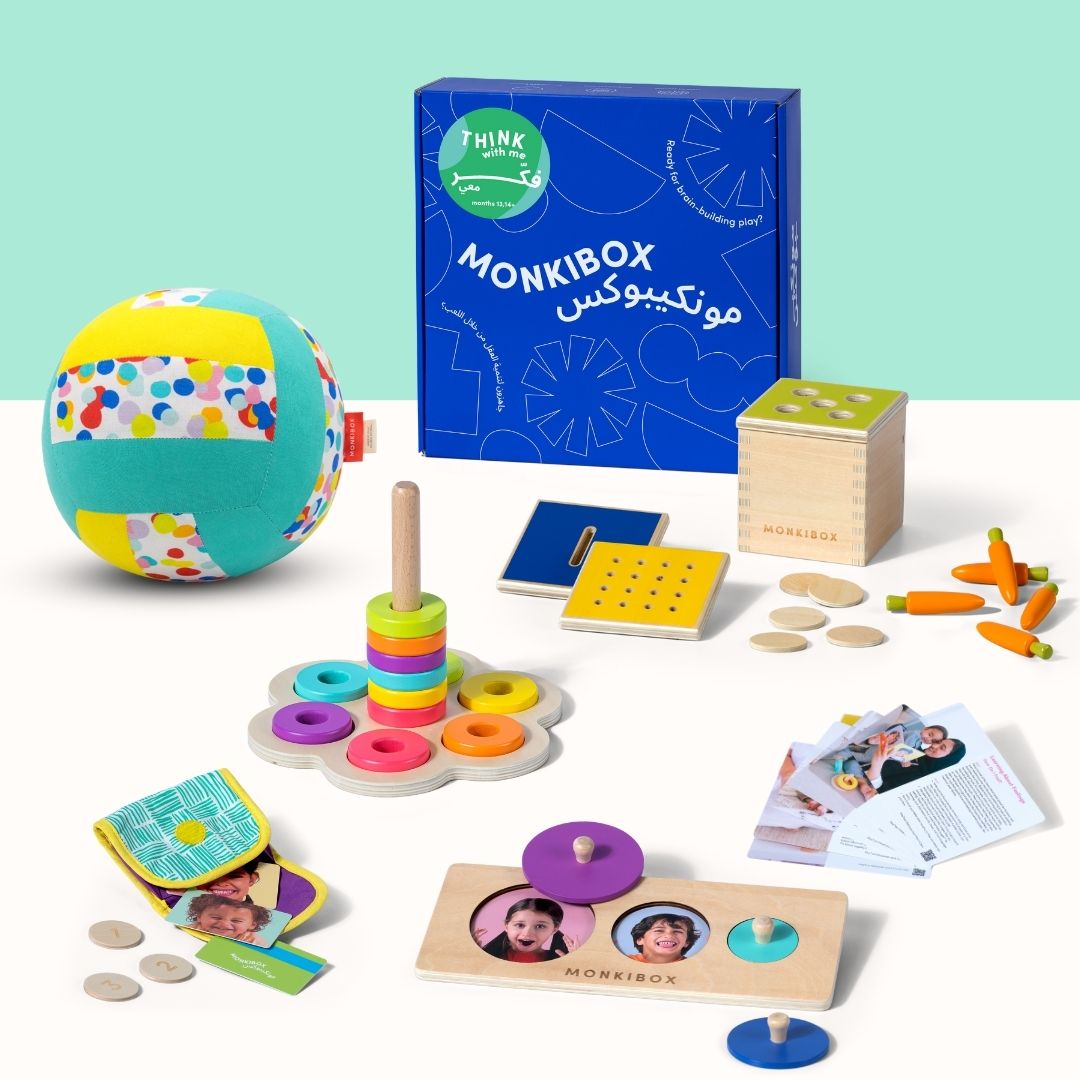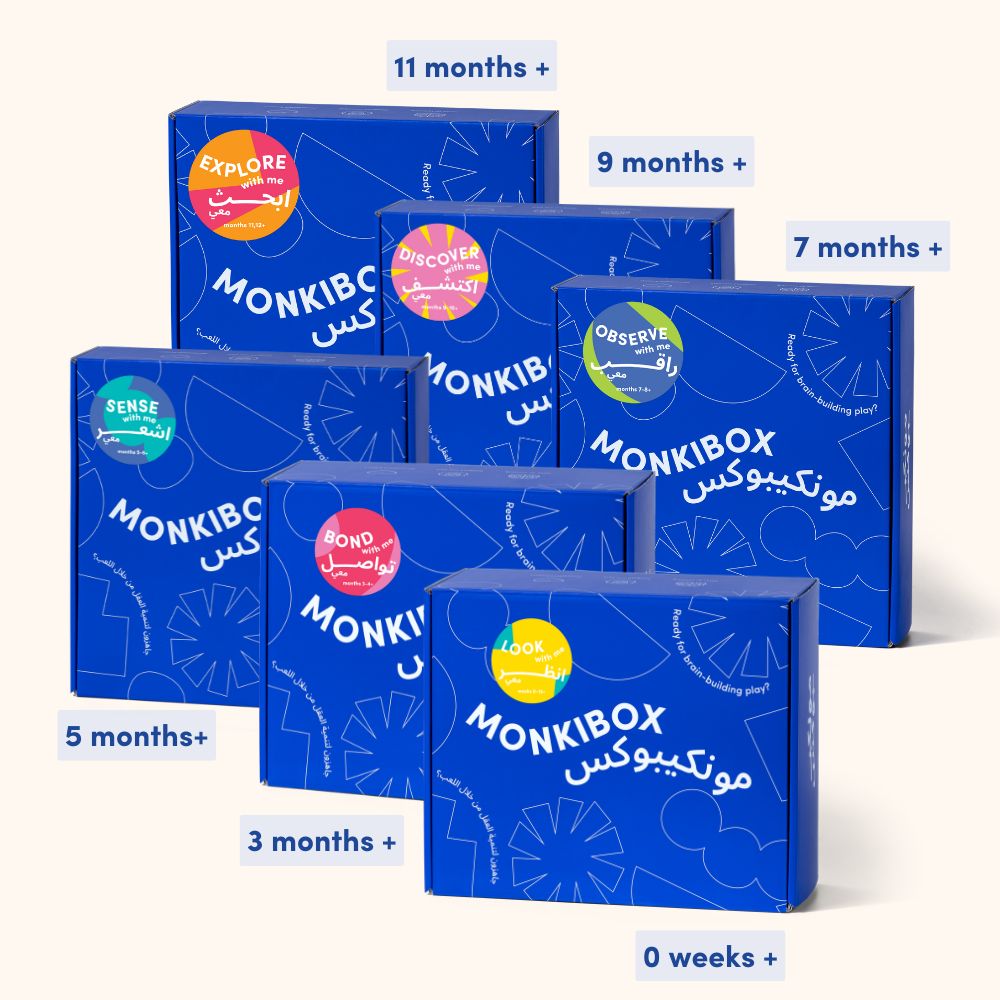يُعدّ تعريف طفلك بأنشطة ما قبل القراءة والكتابة أمرًا بالغ الأهمية لبناء أساس متين لمحو الأمية. تُحفّز هذه التجارب المبكرة الروابط العصبية في الدماغ، مما يُحسّن مهارات معالجة اللغة وفهمها. إليك بعض الاستراتيجيات الفعّالة لتشجيع مهارات ما قبل القراءة والكتابة لدى طفلك.
1. اقرأ بصوت عالٍ
قراءة الكتب المناسبة لعمر طفلك بصوت عالٍ بانتظام من أكثر الطرق فعاليةً لتنمية مهارات ما قبل القراءة. أشر إلى الكلمات أثناء قراءتك، مع التركيز على العلاقة بين اللغة المنطوقة والمكتوبة. اختر كتبًا تحتوي على صور كبيرة وملونة ونصوص بسيطة. أثناء القراءة، ناقش الصور واطرح الأسئلة، وشجع طفلك على التعبير عما يراه. هذا النهج التفاعلي لا يعزز فقط تطور اللغة، بل يجعل القراءة أيضًا نشاطًا ممتعًا وجذابًا.
2. الكتب التفاعلية
اختر كتبًا تفاعلية ذات قوام أو أغطية أو أزرار تُصدر أصواتًا. تُشغّل هذه الكتب حواس طفلك وتجعل القراءة تجربة متعددة الحواس. هذا التفاعل يُساعد طفلك على ربط القراءة بتجارب عملية ممتعة، وهو أمر بالغ الأهمية لبناء موقف إيجابي تجاه الكتب والتعلم.
3. رواية القصص
شجّع طفلك على المشاركة في سرد القصص بطلب منه سرد قصته المألوفة أو وصف صور كتاب. هذا يُعزز الإبداع، ويطوّر اللغة، ويفهم بنية السرد. يمكنك أيضًا إملاء القصص التي يرويها طفلك وكتابتها، مما يساعده على فهم العلاقة بين اللغة المنطوقة والمكتوبة.
4. أدوات الكتابة
وفّر لطفلك أدوات الكتابة مثل أقلام التلوين وأقلام التحديد والطباشير. اسمح له بتجربة رسم العلامات على الورق، مما يُعزز التنسيق بين اليد والعين، والدقة، والتحكم. كما تُعزز هذه الأنشطة الكتابية المبكرة قبضة اليد القوية، والتي تلعب دورًا أساسيًا في مهارات ما قبل الكتابة. حتى الخربشة البسيطة خطوة مهمة في تطوير المهارات الحركية الدقيقة اللازمة للكتابة.
5. لعبة الحروف
العب ألعابًا تتضمن حروفًا، مثل ألغاز الأبجدية أو أنشطة مطابقة الحروف. اجعلها ممتعة وتفاعلية لإبقاء طفلك منشغلًا. تساعد هذه الأنشطة طفلك على التعرف على الحروف وأشكالها، مما يُمهّد الطريق للتعرف عليها، وفي النهاية، القراءة.
6. الكتابة الحسية
دع طفلك يتدرب على الكتابة باستخدام مواد حسية كالرمل والملح وكريم الحلاقة. هذا يُضفي لمسةً لمسيةً على تجربة الكتابة، ويجعلها أكثر تشويقًا وإثارةً للتذكر. كما تُساعد الكتابة الحسية على تكوين الحروف وتنمية المهارات الحركية الدقيقة، مما يجعلها مُقدمةً ممتازةً لتمارين الكتابة التقليدية.
يُعدّ تشجيع مهارات ما قبل القراءة والكتابة لدى طفلك خطوةً أساسيةً في رحلة تعلّمه للقراءة والكتابة. بدمج هذه الأنشطة الجذابة في روتينك اليومي، تُساعد طفلك على تنمية حبّه للقراءة والكتابة، بالإضافة إلى المهارات الأساسية التي سيحتاجها للنجاح الأكاديمي مستقبلًا. تذكّر أن السرّ يكمن في جعل هذه الأنشطة ممتعةً وتفاعليةً، ليربط طفلك التعلّم بتجارب إيجابية وممتعة.





